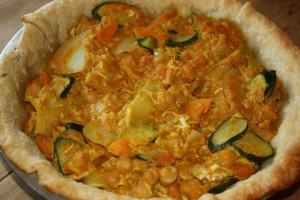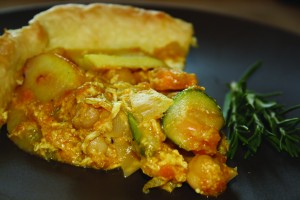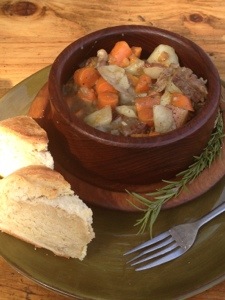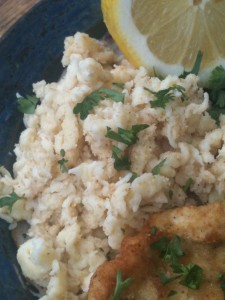This is the recipe that was featured on my Facebook fan page.
Garam Masala
Ingredients
Cinnamon sticks, broken into smaller pieces
Caradamom pods (green, black, or brown)
Ginger, dried and cracked
Coriander seeds
Techillacherry black peppercorns
Cumin seeds
Dried chili peppers (do not use powder)
Heat up a cast iron skillet so that it is quite hot and add the spices in order to dry roast them together. I recommend adding each spice a teaspoon at a time. It will make more than you need, but you can save small quantities to use later. Don’t over make the spice, as its potency will wear off over time.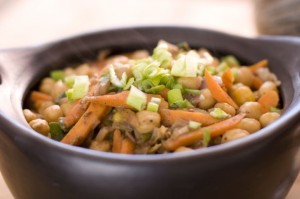
Once the chili peppers are brown, remove the spice mixture off of the heat and add them to the mortar and pestle to begin breaking the spices down for easier grinding. Once broken down, you can continue grinding them in the mortar and pestle, or you may use a spice or coffee grinder to combine the spices into a finer blend.
Once ground up, the garam masala may be moved into a storage jar for future use. Our side of the recipe below, garam masala may be added to fish, lamb, chicken, or beef, and may be used to accent saffron rice, orzo, or risotto.
Curry Spice Blend Recipe
Mustard seeds
Turmeric powder
Garam masala (see the above recipe or use store bought)
Coriander
Garlic powder (course),
Ginger, dried and cracked (preferred)
Cumin seeds
Heat up a cast iron skillet so that it is quite hot and add the spices in a particular order (THIS IS VERY IMPORTANT). I recommend adding each spice a teaspoon at a time. It will make more than you need, but you can save small quantities to use later. Don’t over make the spice, as its potency will wear off over time. First, add the mustard seeds. When they begin to pop, add the cumin seeds, coriander seeds, ginger, and garlic. It’s important to use dried garlic and ginger as it will minimize the scalding of the spices.
Once toasted, remove from the heat and grind together. Once ground add a teaspoon of the garam masala and 2 teaspoons of the tumeric and stir together with a wooden spoon. Your curry spice blend is complete.
Curry Chickpea Stew
(follow the recipe as is)
Ingredients:
1 tsp sea salt
1 can of chickpeas, drained and rinsed
2 medium red potatoes, sliced thinly
1 medium onion, diced
3 green onions, chopped
1 tsp mustard seeds
1 tsp turmeric
1 tsp garam masala
2 tsp coriander, ground
2 tsp garlic, minced
2 tsp ginger, dried and cracked (preferred) ground is also acceptable
1 tsp cumin seeds
3 medium carrots, julienne
2 tablespoons of olive oil
1 cup of water
Optional items: potatoes, zucchini, eggplant, sweet potatoes, yams, fresh chili peppers, etc.
In a cast iron pot, begin heating the oil. Avoid using an aluminum pan, when making this dish as the pot’s metal will detract from the flavors of this dish.
Once the oil is hot, add the mustard seeds and wait for them to begin popping. Add the garlic, ginger, carrots, onions, any additional items (see the optional list above), potatoes, and the chickpeas and begin to stir the items lightly. While cooking the chickpeas and vegetables, combine the whole spices in a separate bowl and blend together.
After cooking the vegetables and chickpeas for two minutes, slowly add the spice mixture to the pot and stir occasionally to mix everything together. Cook for 4 more minutes and then increase the heat to a medium-high level. Add the cup of water and continue to cook until the carrots and potatoes are soft. Remove the pot from the heat and cover the stew. Let the vegetables and chickpeas absorb the flavors of the curry for 10 minutes, Garnish with the green onions before serving.
Serves 2 main dishes, or four side dishes



